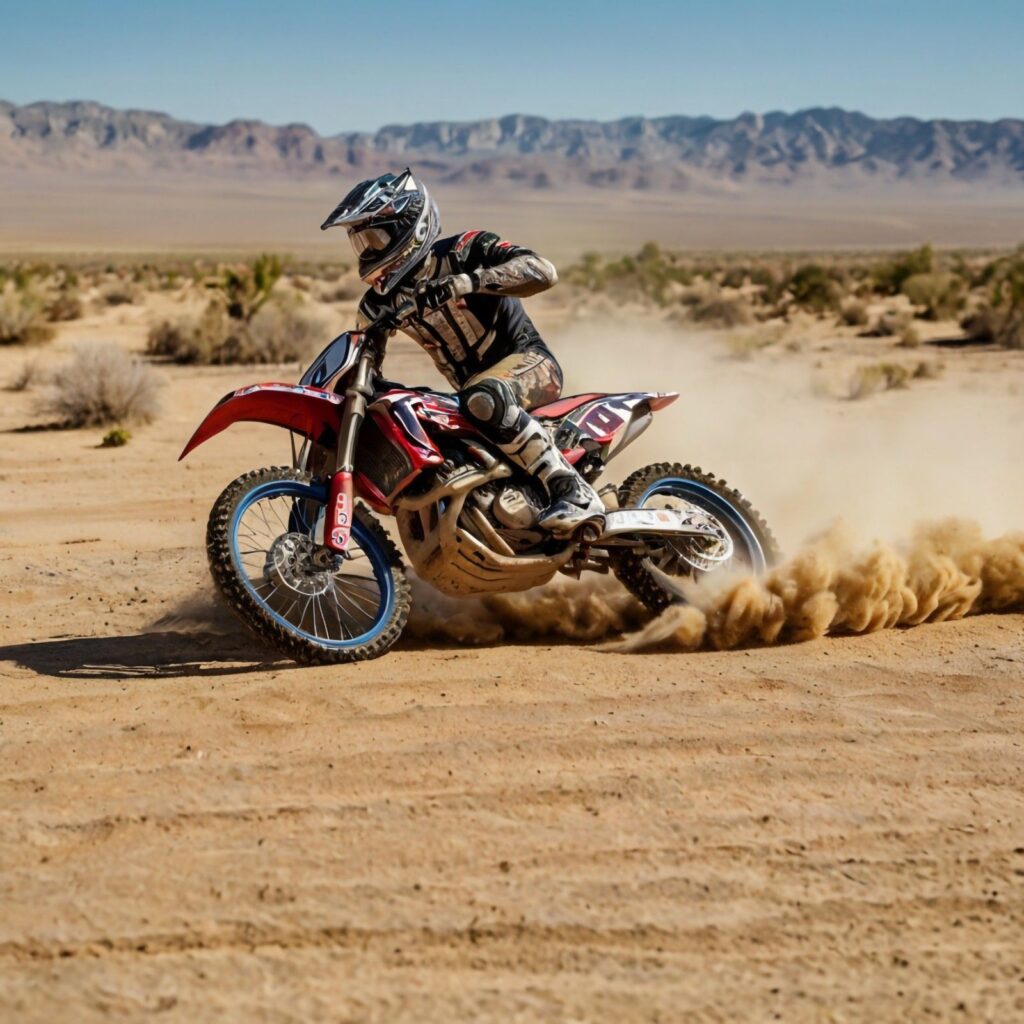Rally racing stands out from other types of motorsports due to its unique nature and the conditions under which it takes place. Unlike traditional track racing, rally races occur on closed public roads or off-road terrains, often in challenging weather conditions. Drivers navigate through a variety of terrains, including dirt, gravel, snow, and tarmac, making rallying a true test of skill, endurance, and strategy. While other motorsports like Formula 1 focus on speed on a well-maintained circuit, rallying requires a combination of speed, precision, and adaptability. Each rally stage brings its own set of challenges, whether it’s a fast, sweeping road or a tight, twisty turn that requires skillful maneuvering. The unpredictable nature of the rally stages, combined with the need for precise navigation, makes it a truly thrilling experience for participants and spectators alike.
One of the key differences in rally racing is the role of the co-driver. While other motorsports have a single participant in the vehicle, rallying typically involves both a driver and a co-driver, each playing an essential part in the team. The driver focuses on navigating the course, while the co-driver reads pace notes and helps navigate through the rally stages. This unique partnership adds an extra layer of teamwork, strategy, and communication that sets rally racing apart from other motorsports.
One of the most distinct features of rally racing is the collaboration between the driver and the co-driver. Unlike other motorsports where the focus is solely on the driver, rallying relies heavily on this unique partnership to ensure success.
Driver’s Role:
The driver is in control of the vehicle, but their job is made far more difficult by the constantly changing road conditions. They must make split-second decisions, maneuvering through tight corners, avoiding obstacles, and maintaining the right speed across various surfaces.
Co-Driver’s Role:
The co-driver is not just a passive passenger. They play an active role in rally racing, often communicating crucial information to the driver via pace notes—a set of detailed directions about the course layout, including the type of turns, obstacles, and potential hazards ahead. The co-driver helps the driver navigate with precision, ensuring the team maintains speed without compromising safety.

Rally racing is inherently unpredictable. Weather conditions, road conditions, mechanical issues, and even the actions of other drivers can throw surprises into the race. Unlike traditional motorsports, where competitors are racing on the same track each time, rally drivers are constantly adapting to new and changing challenges. The thrill of navigating unknown terrain, often without a visual representation of what’s ahead, is a key part of rally racing’s allure.
Every rally stage is a new challenge, and sometimes even the best-prepared teams can encounter unexpected obstacles—whether that’s a sudden downpour making roads slippery or a hidden rock on a remote trail that can cause damage to a vehicle.
For spectators, rally racing offers a unique experience. Rallies typically take place across vast landscapes, which means that fans can often see drivers conquer difficult terrain in ways that other motorsports can’t replicate. The atmosphere at rally events is electric, with spectators standing at key sections of the course, watching the cars race through scenic, rugged environments.
